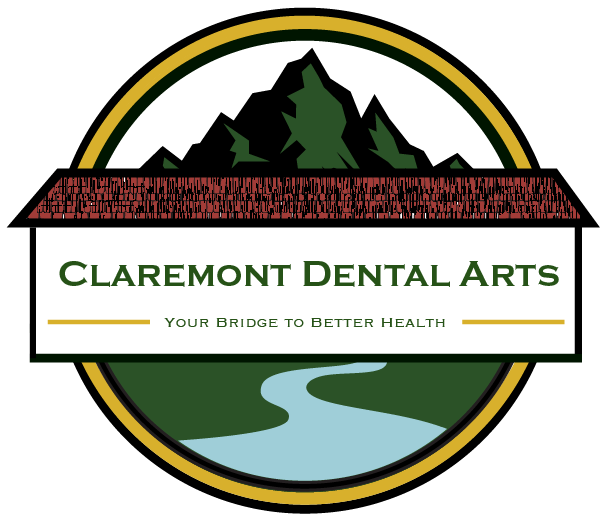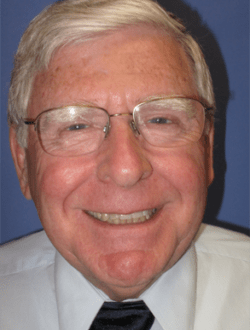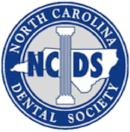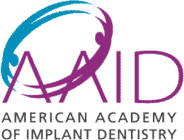What is Sedation Dentistry?
Sedation dentistry focuses on relieving pain and dental anxiety through medication. Simply put, it allows patients to relax in the dentist’s chair, so they can receive the help they need. Besides being safe and painless, sedation dentistry allows dentists to perform multiple dental treatments in just one sitting. This, in turn, means fewer dental visits for you!
Types of Sedation Dentistry
Dentists typically use three types of sedation on their patients: oral sedation, IV sedation, and nitrous oxide. Let’s explore each one in detail.
Oral Sedation
This method creates a deeper level of sedation than possible with nitrous oxide and is easy to administer. Dr. Reese and Dr. Harvey will prescribe a medication that you take before your appointment to reduce anxiety. A wide variety of medications are available for this type of sedation, and Dr. Reese and Dr. Harvey will carefully discuss your particular needs to determine which choice would work best for you. However, all are classified as anti-anxiety medications and achieve the same result: reducing and even eliminating the anxiety of dental treatment.
In addition to making your experience more comfortable, oral sedative medications help to reduce your memory of the experience. It also allows us to complete your treatment in fewer appointments and to finish complex procedures in less time. While your treatment is performed, Dr. Reese and Dr. Harvey carefully monitors your vital signs to ensure that your experience is as safe as possible. Another advantage to this type of sedation is that it can safely be used along with nitrous oxide for an even deeper feeling of relaxation. Because the effects of oral sedation last longer than with nitrous oxide alone, you will need someone to bring you to your appointment and drive you home after.
Nitrous Oxide
Nitrous oxide, commonly known as “laughing gas,” is readily available in our office and provides an excellent way to combat anxiety for most dental procedures. The mildest form of sedation that we use, nitrous oxide flows through a comfortably fitting mask that rests over your nose. Nitrous oxide is an odorless gas that is used in combination with pure oxygen to induce a feeling of relaxation and well-being during treatment. Nitrous oxide often creates a pleasant feeling of euphoria that can make ordinary things seem funnier. We can easily customize the level of sedation for each patient, which takes effect within minutes.
As a mild sedation, you won’t experience any short-term memory loss as you might with other forms of sedation. At the end of treatment, the sedation caused by the nitrous oxide dissipates almost immediately, and you will be able to return home with absolutely no lasting effects. You don’t even need an escort to or from your appointment if you are using only nitrous oxide for sedation.
IV Sedation
Intravenous (IV) sedation is also known as ‘twilight’ or ‘sleep’ dentistry. The method does not put you to sleep, however instead places you in a state of relaxation. This sedation method allows you to stay alert enough to respond to questions, although the procedure will be hazy once the sedative diminishes in intensity. This alternative is popular especially for those with not only dental phobia, but gag reflexes as well. Other benefits are that there are fewer side effects, less discomfort after the procedure, and the ability to complete more extensive care in fewer appointments. During your appointment, an IV will be administered to allow the medication to flow into your bloodstream. Dr. Reese, Dr. Harvey and team will be closely monitoring your oxygen, pulse, and blood pressure to ensure your safety throughout the procedure. At the completion of the procedure, you will continue to be cared for, until the sedative wears off and your ambulatory state improves.













